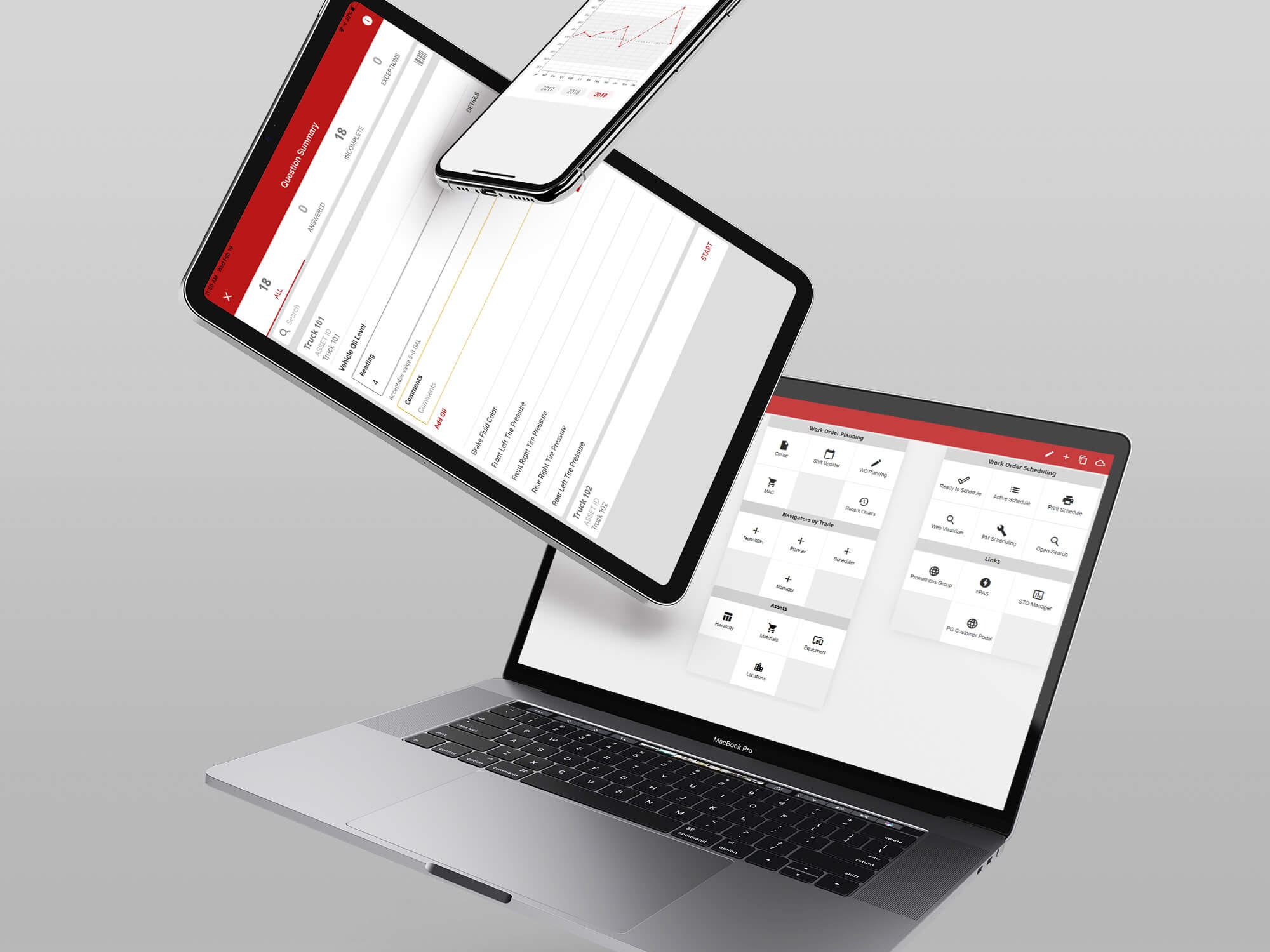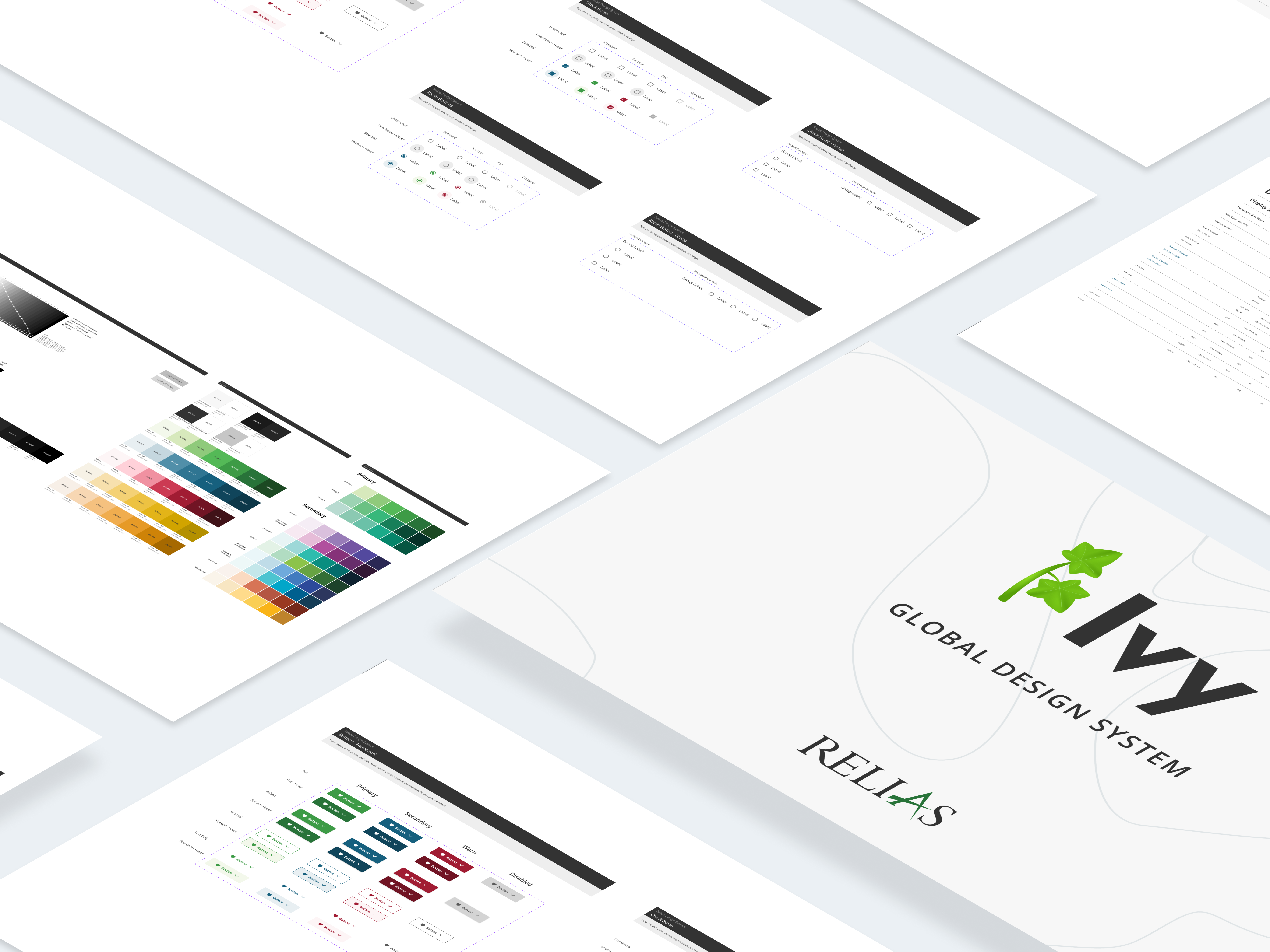XinVivo
OVERVIEW
XinVivo is a 3D X-Ray imaging software company for the dental healthcare industry. The start-up company based in Morrisville, North Carolina approached me on a freelance basis for various facets of design. This particular project covers my involvement in their software’s UX/UI design.
My Role
• Analyzing the research data provided by the company to assess usability of the product
• Leading whiteboarding sessions with the team
• Creation of information architecture, user flows, and wireframes
• Presenting UX recommendations to the product manager
• Delegating UI deliverables to assistant designer
• Working with development to ensure quality implementation of visual and interaction designs
The Team
Andrew Tucker - Product Manager
Aaron Marlowe - Lead Developer
Giselle Hernández - UI/Graphic Designer; served as an assistant during the project
The Challenge
When I was brought onto the project, the company needed a clear direction for the usability of their software. The state of the software had no clear information architecture, user flows, and minimal UI that fit with the company’s branding.
XinVivo had a tight deadline to present their advancement in their usage of this new 3D imaging technology in the dental industry to stakeholders in Japan
Defining the Problem
The initial phase of the project consisted of understanding the built functionality of the technology and the physical component’s integration with the software. However, the largest task for me was understanding who normally uses the software and how they use it. Fortunately, I had an advantage in having a great dentist that allowed me to come in and ask the staff to show me the software they use and how they work with it.
The Users
Through this exercise I deduced that the primary users of the software are:
Pain Points
Through the data provided by the company and user interviews, I found a lot of areas of improvement for dental software to make the user’s work process easier and more enjoyable. The biggest set of pain points that I identified were:
The Solution
Unfortunately, I can’t discuss in great detail what the solution included due to non-disclosure agreements but I was able to address the pain points experienced by the large segment of the users found in the research phase of the project. Most of the solution was achieved by understanding the tasks needed to be carried out by the users on a regular basis. Focusing on the conciseness of tasks and structure of commands within the same screen proved to be key:
Results and Findings
I had the incredible opportunity of working with a team that shared the passion and vision to improve the product. This consensus and the pressure of presenting advancements to the stakeholders in Japan pushed us to formulate a plan that would pave a successful future for the UX of the product. My in-depth discussions with company leaders gave me insights to their business plan which ultimately allowed me to focus on a larger scope of profitability for the business while being sensitive to user demands and needs.
The final set of screens appeared to be clear for the users and also addressed the pain points identified. However, I believe that further investigation could solidify a holistic experience of the software and physical product.
Recommendations
My recommendations based on the target market from a UX perspective can be summarized as:
• Perform in-depth competitive research specifically in the Asian market
• Understand the target user’s environment beyond their tasks in the software and the distractions that may occur
• Reduce labels in the UI and increase clear iconography that would be transferable cross-culturally, thus reducing language barriers
• Perform A/B testing with the intended users on a separate prototype that primarily uses vertical columns of navigation on the right side of the screen instead of the left (this may be a better mental model for the culture’s tategaki style of writing (vertical columns, read from top to bottom and right to left)



